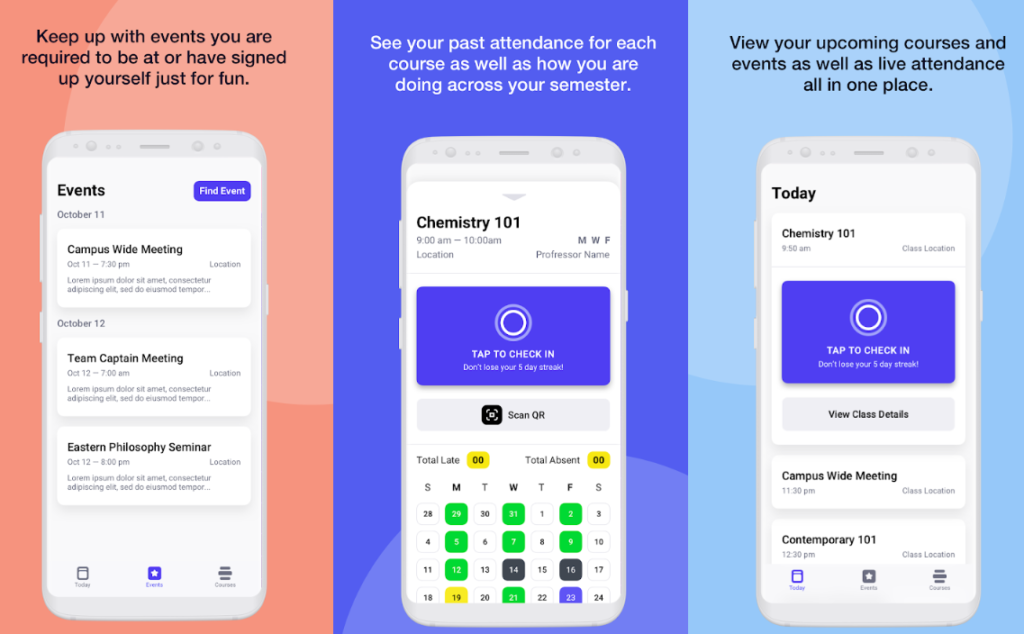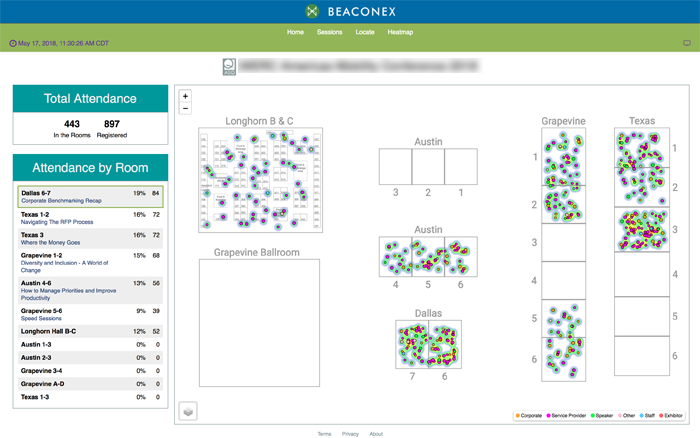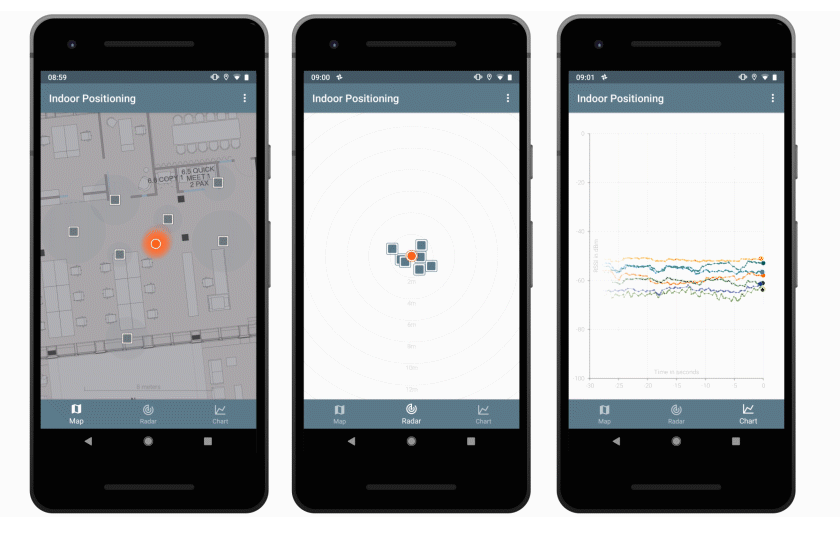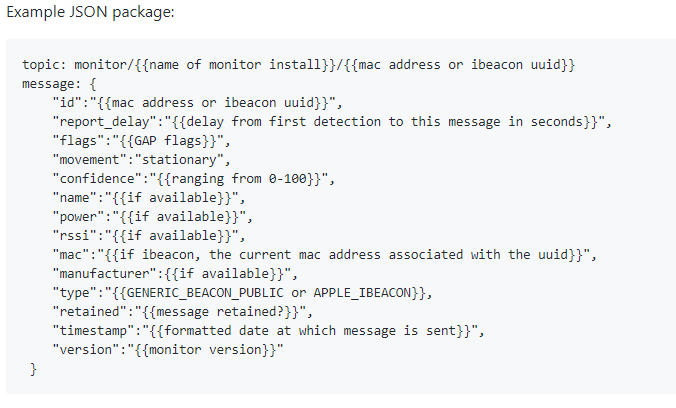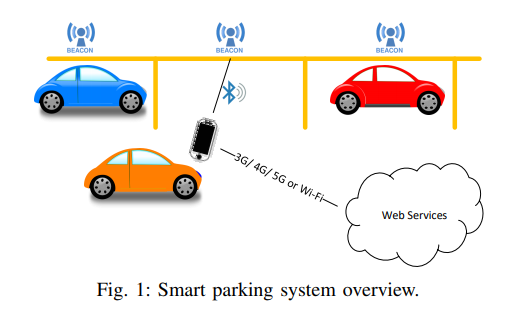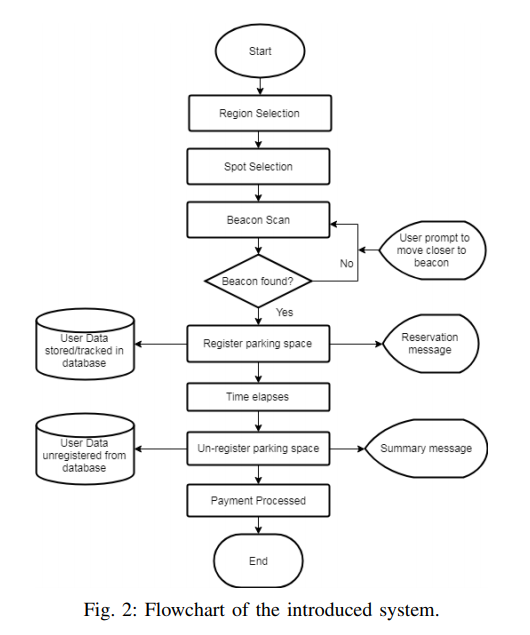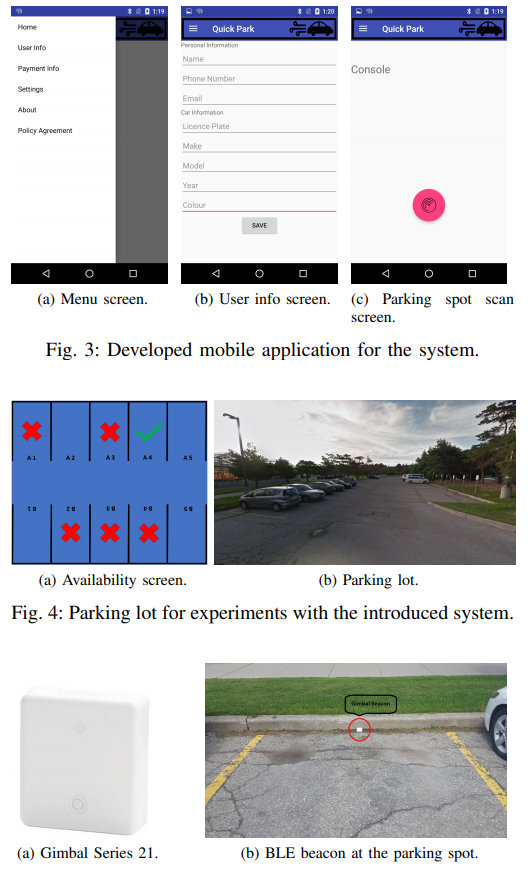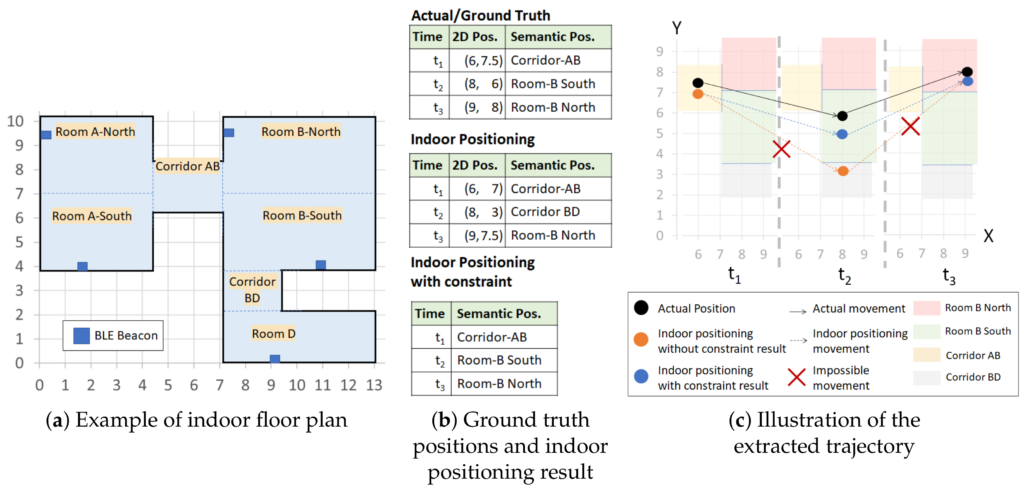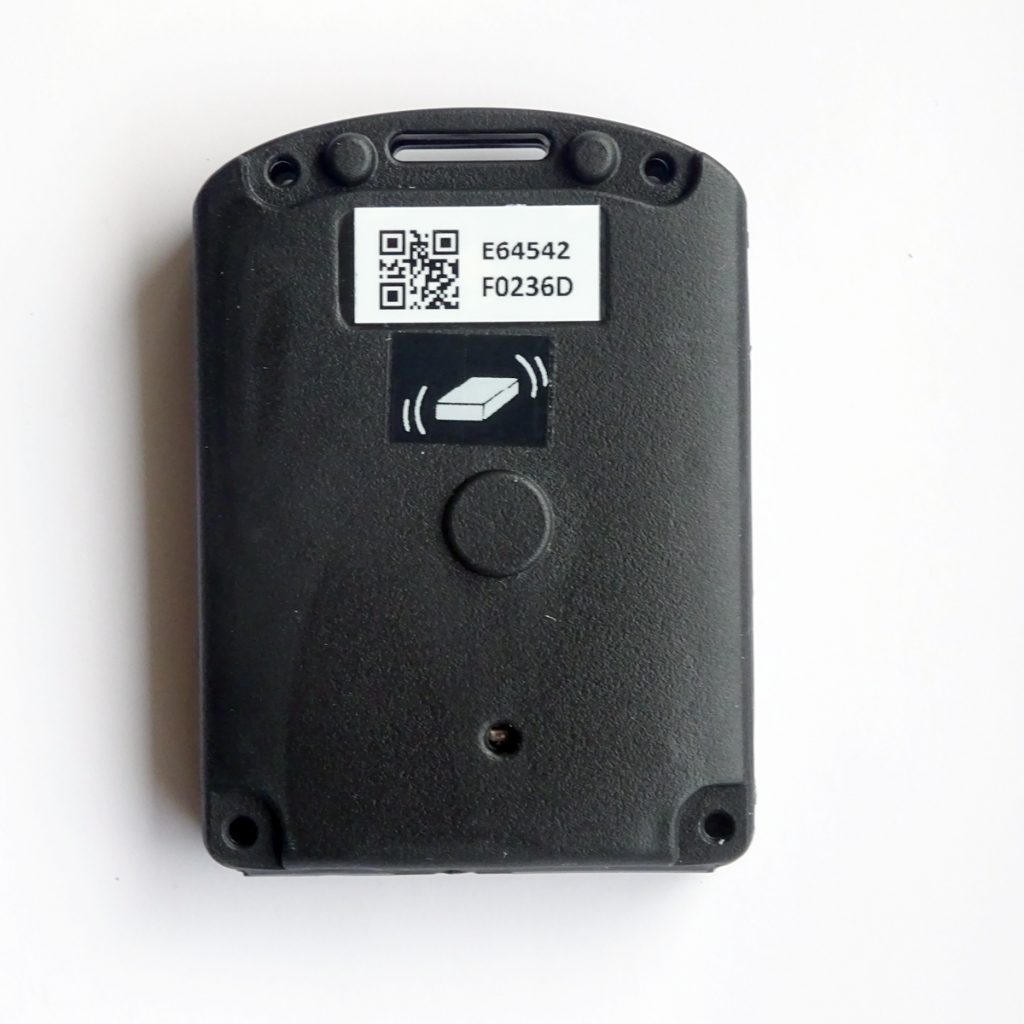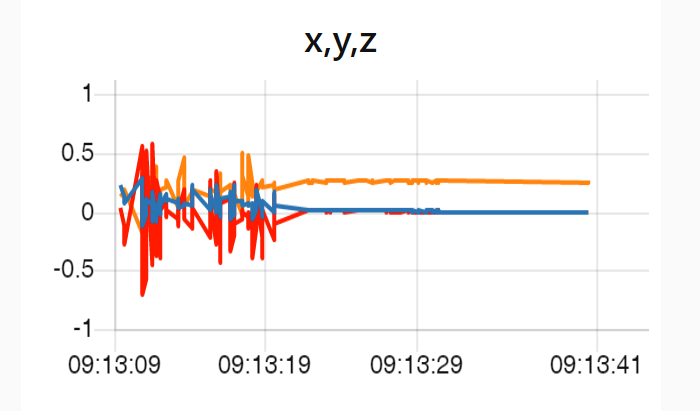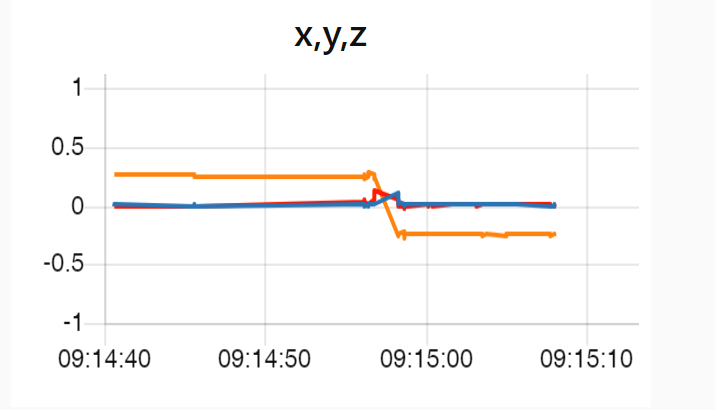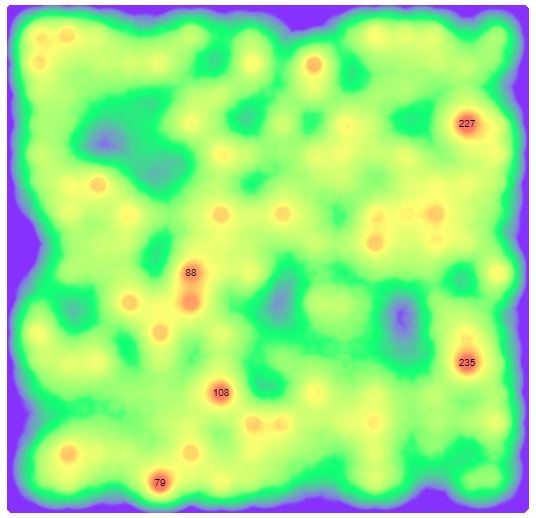Thread is a low power wireless protocol that competes with Bluetooth Mesh. Particle who develop Thread have made a surprise announcement that they are discontinuing development of Particle Mesh.
Mesh networking, while a compelling technology, is extremely complex, and trying to make it just work with zero configuration for all customers in all environments just wasn’t feasible
Instead, they are going to concentrate on Bluetooth Low Energy support for local communications between devices.
To understand the rationale, take a read of Szymon Slupik’s blog on Crossing the Mesh Chasms. Szymon is the Chair Mesh Working Group at Bluetooth SIG and CEO of Silvair who use Bluetooth Mesh in lighting. In his blog he explains how his company previously tried and failed, 8 years ago, to create a routed, self-healing and IP-based mesh. Bluetooth mesh has none of these because different techniques need to be used in networks that have low bandwidth. Attempting routing, self-healing and ip protocols on top of a limited throughput network causes it to saturate and collapse if there’s any significant network traffic.
Instead, Bluetooth mesh has been designed to send the original message multiple time (default is three) instead of using acknowledgements*. Multiple paths are used instead of self-healing.
As the Thread announcement says, mesh networking is complex. This is as much so for Bluetooth as it is for Thread. The Bluetooth Mesh Specification has over 700 pages. As Szymon says, Bluetooth mesh as a technology is only part of a solution. Bluetooth mesh needs software to configure the mesh for specific usecases and provision/manage nodes.
Read about Beacons and the Bluetooth Mesh
* The mesh standard does allow for acknowledgements but, as has been our experience, using them in real-world scenarios floods the network with too much traffic.
